In the world of arachnid keeping, ensuring optimal nutrition for your spiders often hinges on the quality of their feeder insects. While many hobbyists focus on the spiders themselves, the nutritional enhancement of feeder insects is a critical yet frequently overlooked aspect of spider care. A well-fed cricket or roach translates directly into a healthier, more vibrant spider, whether you’re raising tarantulas, jumping spiders, or other species.
The concept of gut loading is central to this practice. This involves feeding the insects a nutrient-rich diet before offering them to your spiders. The logic is simple: whatever the feeder insect consumes, your spider indirectly ingests. High-quality vegetables, fruits, and specially formulated gut-loading products can significantly boost the vitamin and mineral content of these insects. For example, carrots and sweet potatoes are excellent sources of beta-carotene, while leafy greens like kale provide calcium—essential for preventing molting issues in spiders.
Another key consideration is the hydration of feeder insects. Many keepers underestimate the importance of moisture in their spiders’ diet. Feeder insects like crickets and mealworms often dehydrate quickly, leading to a less nutritious meal for your spider. Providing water-rich foods such as cucumbers or oranges to the feeders ensures they remain hydrated, which in turn benefits your spider. However, avoid using open water sources, as these can drown small insects. Instead, opt for water gels or moisture-rich foods.
The timing of feeding your feeder insects is equally crucial. Ideally, gut loading should occur 24 to 48 hours before the insects are offered to your spiders. This window allows the feeders to fully absorb and metabolize the nutrients, maximizing their nutritional value. For instance, if you plan to feed your spider on Saturday, start gut loading the insects by Thursday. This practice is particularly important for spiders with higher metabolic demands, such as growing juveniles or gravid females.
Supplementation is another layer of nutritional enhancement. Dusting feeder insects with calcium or vitamin powders just before feeding can address specific dietary deficiencies. However, moderation is key—over-supplementation can be as harmful as deficiency. For calcium, a light dusting once or twice a week is usually sufficient for most spider species. Always research your specific spider’s needs, as requirements can vary widely between arboreal and terrestrial species.
Variety in feeder insects also plays a role in a balanced diet. Relying solely on crickets, for example, can lead to nutritional gaps. Incorporating roaches, mealworms, or even flightless fruit flies can provide a broader spectrum of nutrients. Each type of feeder insect has its own nutritional profile, and rotating them ensures your spider receives a more comprehensive range of vitamins and minerals. This approach mimics the diverse diet spiders would encounter in the wild.
Lastly, the life stage of the feeder insect matters. Younger insects, such as pinhead crickets or small mealworms, are often more nutritious than their larger counterparts. They have a higher moisture content and a better ratio of soft tissue to exoskeleton, making them easier to digest. For smaller spider species or spiderlings, these younger feeders are often the best choice. Always match the size of the feeder to your spider’s capabilities to avoid stress or injury during feeding.
By paying close attention to the diet and care of feeder insects, spider keepers can elevate the health and longevity of their pets. It’s a chain of nutrition—what goes into the feeders ultimately goes into your spider. Whether you’re a seasoned keeper or new to the hobby, these practices can make a noticeable difference in the vitality of your arachnid collection.
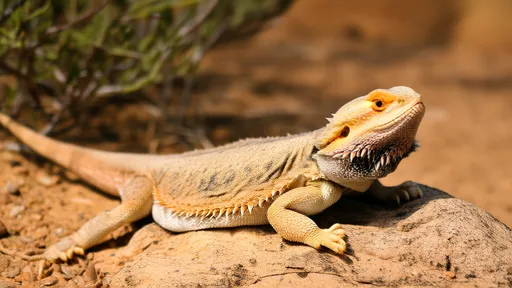
By /Jun 28, 2025
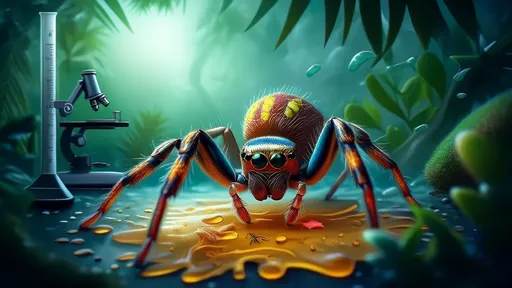
By /Jun 28, 2025
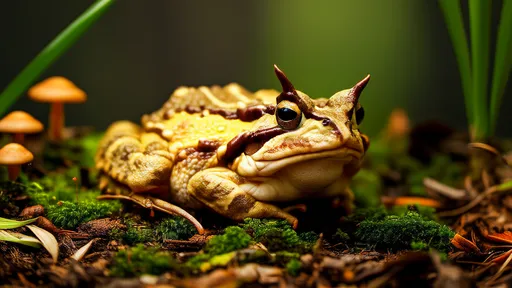
By /Jun 28, 2025
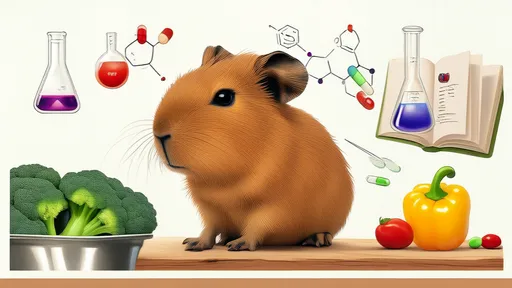
By /Jun 28, 2025
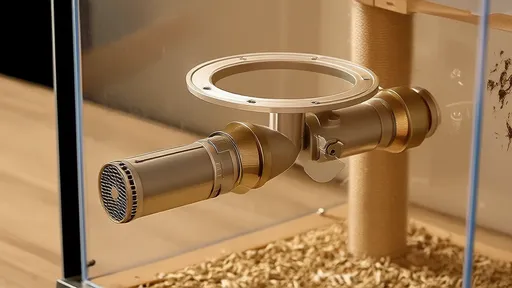
By /Jun 28, 2025
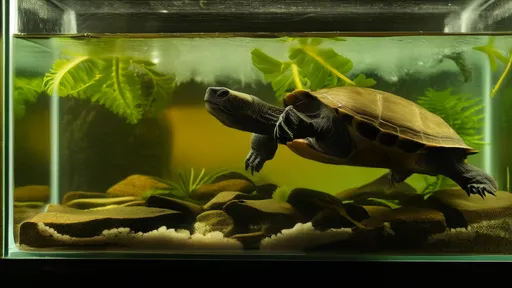
By /Jun 28, 2025
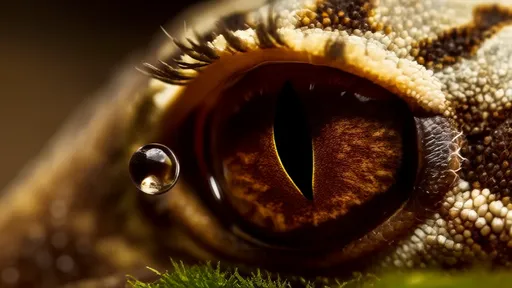
By /Jun 28, 2025

By /Jun 28, 2025
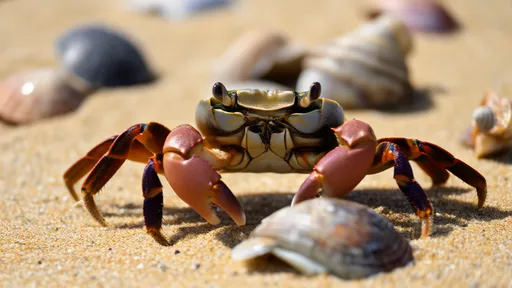
By /Jun 28, 2025
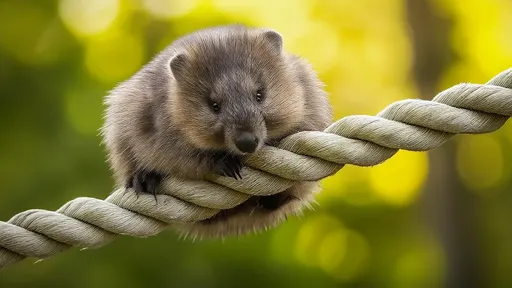
By /Jun 28, 2025

By /Jun 28, 2025
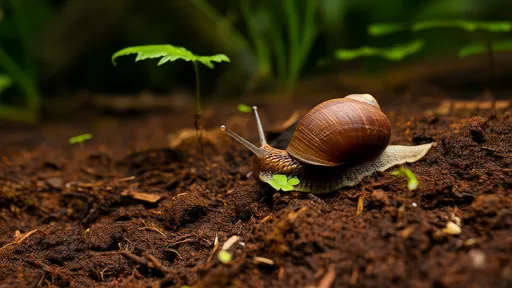
By /Jun 28, 2025

By /Jun 28, 2025
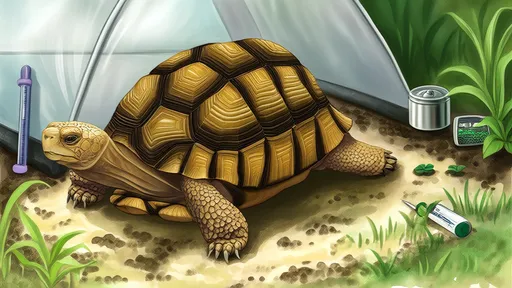
By /Jun 28, 2025
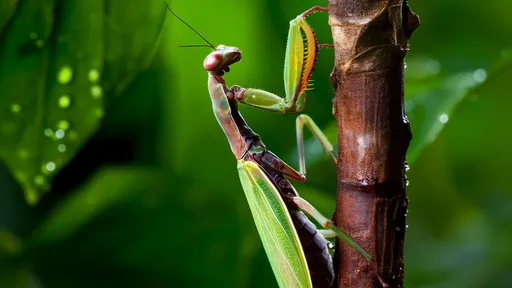
By /Jun 28, 2025
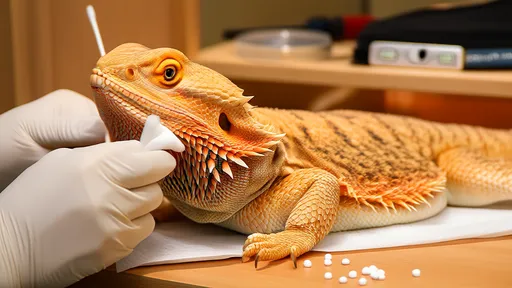
By /Jun 28, 2025
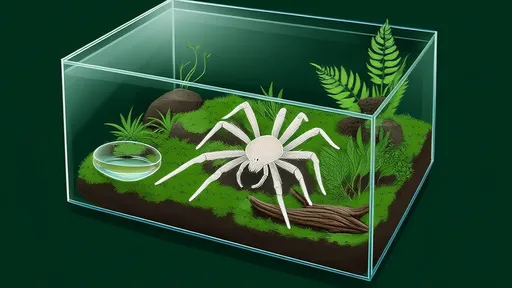
By /Jun 28, 2025